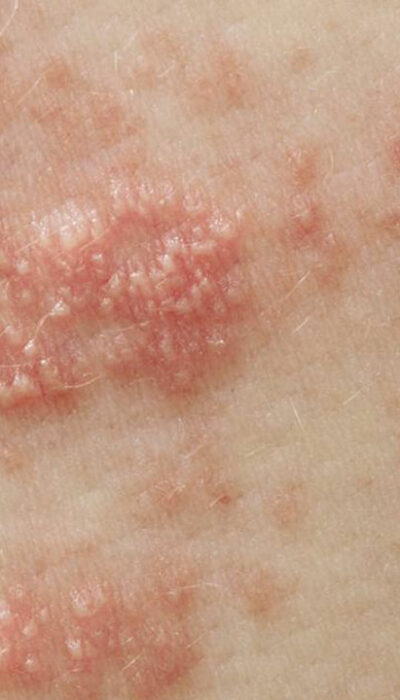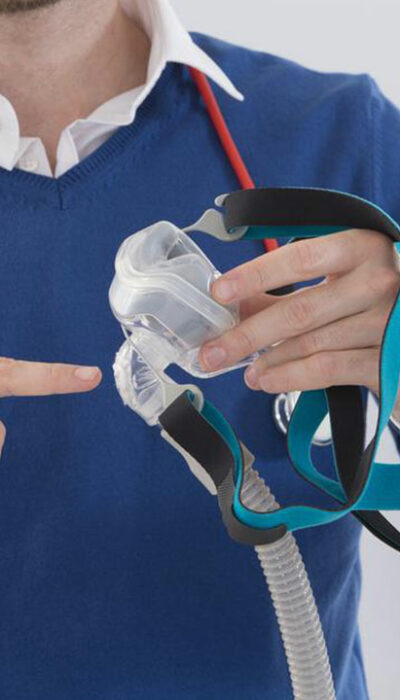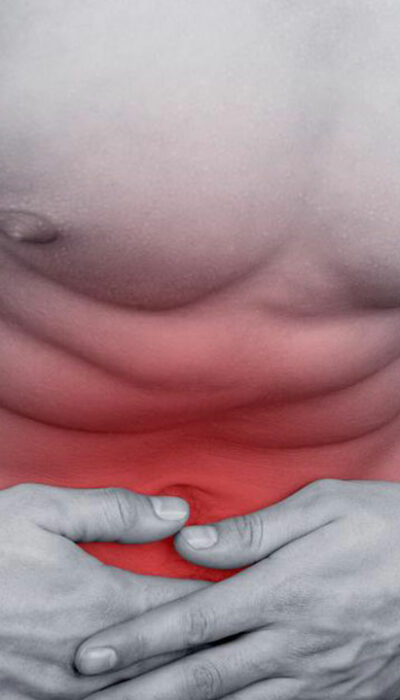
Here Is a List of Top 12 Migraine Triggers
A headache disorder, migraine is characterized by frequent headaches that can be moderate to severe. Migraines are those types of headaches that are pulsating in nature and affect one-half of the head. Also, migraines can last for up to 72 hours. Migraines are believed to be a mixture of environmental and genetic factors. Changing hormones are said to be one of the top migraine triggers. A post-puberty migraine usually affects women more than men. People experience a migraine due to some reasons. Some of the reasons include food habits, strong scent, flickering lights, weather changes. Migraine triggers are different for different individuals. This makes it difficult and frustrating to narrow down causes of a migraine. There are four phases of a migraine. Prodrome is an onset of a migraine. It lasts for two hours or two days. Its symptoms include altered mood, irritability, depression, euphoria, and fatigue. The second phase is called an aura which causes visual disturbances and partial alteration in vision which might cause difficulty to the person to read, write or drive. Auras occur in 30-40 percent of the people who suffer from a migraine. Pain phase is a chronic headache that is unilateral, throbbing and severe in intensity. The onset is gradual, and It increases with more physical activity. This phase lasts for 4 to 72 hours in adults. The pain phase is accompanied by nausea, vomiting, sensitivity to light, sound, and smell. Postdrome is a set of symptoms that a person experiences after the pain has subsided. People suffering from a migraine report a sore feeling after relieving from pain. Cognitive difficulties and gastrointestinal symptoms and general weakness are other forms of postdrome symptoms. Let us separate top migraine triggers based different factors: Environment A migraine can occur due to specific environmental conditions, both natural and man-made.










